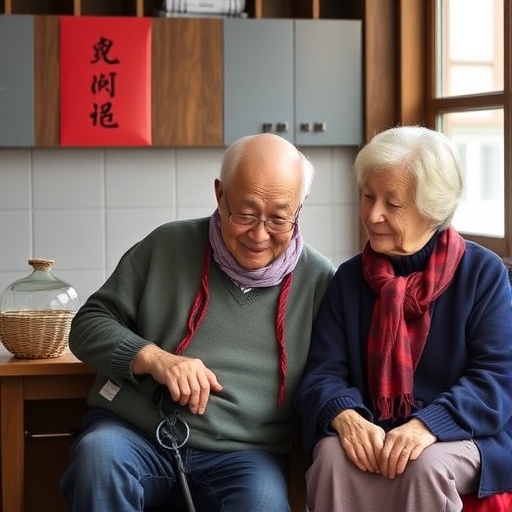Simply introducing a default physician order — a “nudge” — into electronic health records (EHRs) cut the use of unnecessary daily imaging in half during palliative radiation therapy sessions for patients with advanced cancer, according to a Penn Medicine study published today in JAMA Oncology. While daily imaging is typically used in curative cancer treatment, national guidelines recommend providers transition to weekly imaging for palliative radiotherapy sessions. Daily imaging unnecessarily extends the duration of each radiation therapy session for palliative care patients who are often in pain or discomfort from the progression of cancer.
“We recognized that patients were undergoing unnecessary scans due to the standard care habits, and we understood that this frequent imaging was causing more discomfort than benefit,” said the study’s lead author Sonam Sharma, MD, an assistant professor of Radiation Oncology at the Icahn School of Medicine at Mount Sinai, who conducted this research while in the Perelman School of Medicine at the University of Pennsylvania. “This shows that a minor adjustment can have a dramatic effect on medical practice.”
The study took place across five Penn Medicine radiation oncology practices in New Jersey and Pennsylvania between 2016 and 2018, and included more than 1,000 patients undergoing palliative radiotherapy for cancers that had spread to other organs, including bone, soft tissue, and the brain.
The researchers applied insights from behavioral economics to design a default imaging order within the EHR that specified no daily imaging during palliative radiotherapy. Default options are a type of “nudge” that present an automatic choice unless a person actively opts to make a different one. For the study, radiation oncology practices were randomly assigned to take up the nudge over time, which allowed the researchers to parse out whether changes they were seeing could be tied to the nudge or potentially the result of any other unrelated happenings within the clinic, such as changes in practice trends or educational programs. It’s also important to note that the study did not preclude doctors from choosing to order daily imaging if they felt it was the best option.
The researchers found that the introduction of the new default order led to a drop in daily imaging from 68 percent of treatment courses to 32 percent. Additionally, without unnecessary daily imaging, the radiotherapy session time — which is often 10 to 15 minutes — was cut by an average of two minutes per session.
“Cutting down on lower value health care is a hard nut to crack. Successfully doing so through the electronic health record in a scalable way opens a whole new set of tools we can bring to bear on the problem,” said the study’s co-senior author Justin E. Bekelman, MD, director of the Penn Center for Cancer Care Innovation at the Abramson Cancer Center and associate professor of Radiation Oncology and Medical Ethics & Health Policy. “By eliminating friction involved with ordering guideline-based cancer care, we showed that clinicians quickly adopt it.”
The study’s other co-senior author, Mitesh Patel, MD, MBA, director of the Penn Medicine Nudge Unit and assistant professor of Medicine and Health Care Management, pointed out that this study’s application of the technique is unique.
“Nudges can be very powerful. Most previous interventions have been focused on increasing high-value care, such as boosting flu vaccination rates,” Patel said. “This is one of the first cases where we applied a nudge to decrease a lower value, unnecessary behavior. It not only worked, but its effect has been sustained and implemented throughout our entire health system.”
###
This study was funded in part by a grant from the National Cancer Institute (K07-CA163616) and by the University of Pennsylvania Health System through the Penn Medicine Nudge Unit and the Department of Radiation Oncology.
Both Bekelman and Patel are a part of Penn’s Center for Health Incentives and Behavioral Economics (CHIBE).
Other authors on this study include David Guttmann, Dylan S. Small, Charles A.L. Rareshide and Joshua Jones.
Media Contact
Frank Otto
[email protected]
http://dx.




